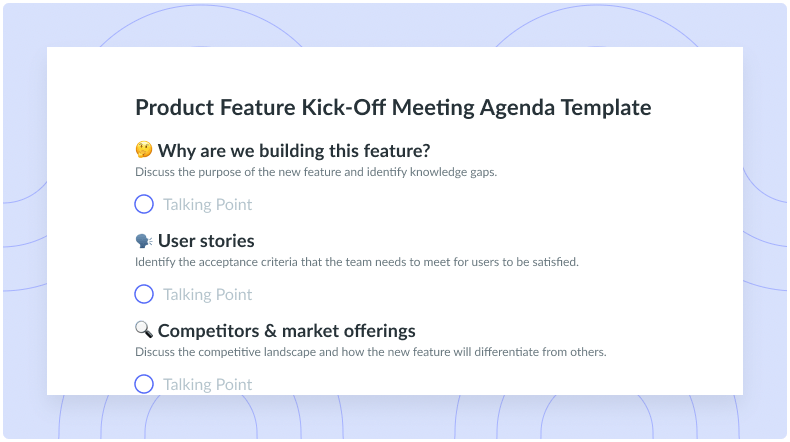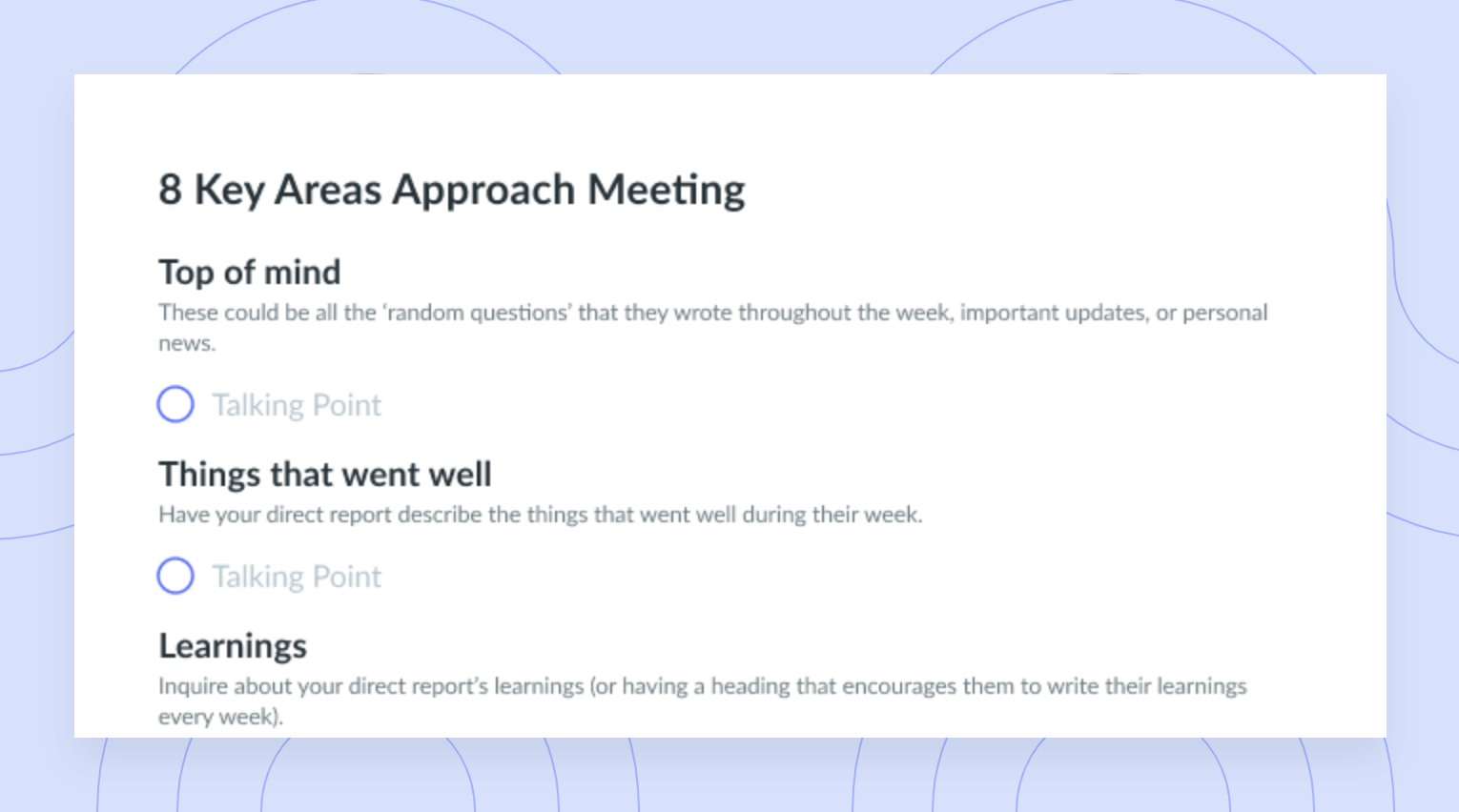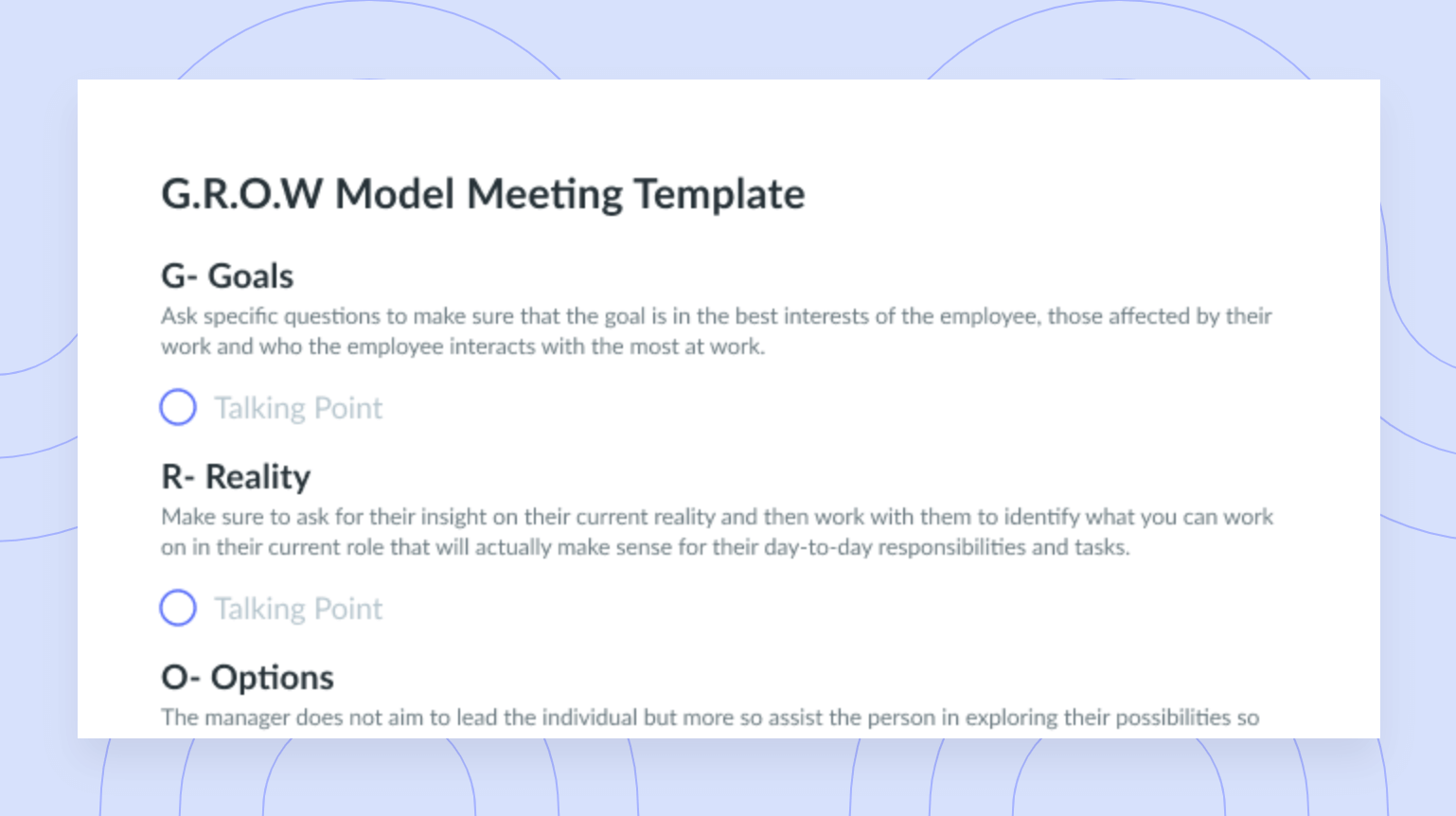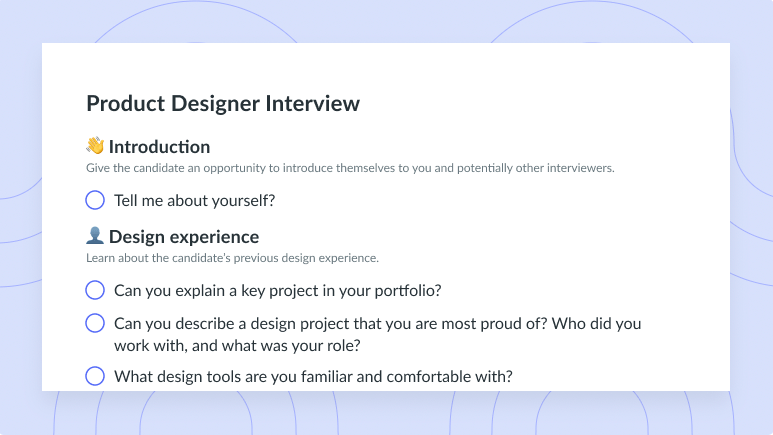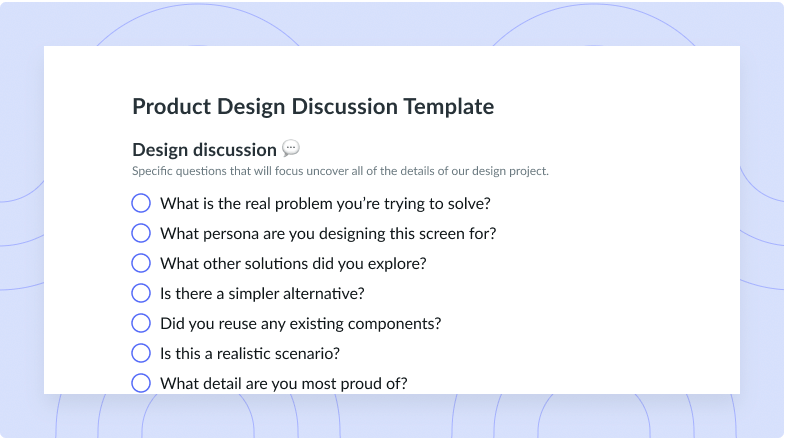Ask These 10 Key Questions Before Adopting New Technology
Learn the importance of asking questions before adopting technology and 10 key questions to ask before adopting new technology.
Technology adoption refers to the acceptance and simultaneous implementation of new technologies into existing systems. The process of adopting new technology involves using technology to its full potential in an attempt to improve processes and outcomes. Different organizations and businesses at varying scales adopt technology differently, but one major factor remains constant: it’s important to ask questions before adopting new technology. Knowledge is power, and this couldn’t be any more true when it comes to embracing new technology.
Adopting new technology can feel daunting or even overwhelming, which is why it’s important to do your due diligence and make an informed decision. While you may be hesitant to adopt new technology, doing so is actually critical for organizational growth. In addition to exuding pioneering behavior and professionalism, adopting new technology also helps businesses boost revenue and provide greater value to customers.
- The importance of asking questions before adopting technology
- 10 key questions to ask before adopting new technology
The importance of asking questions before adopting technology
Technological advancements are occurring at a rapid pace. Gone are the days of being stagnant while remaining competitive. For organizations to remain at the forefront of their desired markets, they need to make consistent progress and adopt new technologies. Failing to adopt new technologies may mean falling behind competitors or failing to streamline or improve processes.
Unfortunately, businesses often take the leap and invest in new technologies without performing proper due diligence. Some companies don’t take the time to evaluate what’s being offered and often end up regretting their decision to adopt. Asking questions before adopting new technology will save you a great deal of grief and disappointment. If you take the time to thoroughly investigate all options while determining if the tool in question solves the problem at hand, you’ll be more apt to be pleased with your decision.

Run delightful meetings
Increase meeting engagement and productivity with a collaborative agenda that the whole team can contribute to. Try using a tool like Fellow!

10 key questions to ask before adopting new technology
- Is it within budget?
- How big is the learning curve?
- Who will lead training?
- Can it help solve the big problem?
- Is it secure?
- Will it help the overall mission?
- Will it help boost productivity?
- Will it remain up to date?
- Can it be integrated into your current workflows?
- Have all options been considered?
1Is it within budget?
One major factor to consider when adopting new technology is whether or not the price tag fits within your current budget. If the tool you’re looking into costs more than the tool you’re already using, you may want to consider sourcing alternatives that are on par with what you’re already paying. Opting for a tool that is extremely costly may put a strain on your budget or result in cuts to other areas of the organization.
2How big is the learning curve?
Like anything, there is often a major learning curve when it comes to adopting new technology. When implementing a new form of technology into an organization, there are a variety of factors to consider, with one of the main ones being how difficult the technology is to use. Not only will your employees have to learn how to use an entirely new product, but everyone within the organization will also have to figure out how this new tool factors into current processes in systems. It’s important to take product usability into consideration. If the new tool is difficult to use, your employees may not be keen to adopt it.
3Who will lead training?
As stated above, there will be a learning curve when it comes to adopting new technology. Not only for you, but also for your team, and perhaps even the organization at large. Determining who will lead training before adopting new technology will ensure you’ve mitigated the adoption risk for your teammates. Making sure everyone is on deck to lead training and answer any questions your teammates may have about the new tool or product will ensure everyone is educated and equipped to use the new tool.
4Can it help solve the big problem?
Chances are you’re on the hunt for a new tool because you’re looking to solve a problem. You may be looking to streamline communication, improve internal processes, or even to boost customer satisfaction. No matter what your need is, it’s important that you source a product that solves that problem. It’s easy to go down a never-ending rabbit hole of new tools and technologies, which is why you need to constantly remind yourself of the problem you’re trying to solve.
5Is it secure?
As a technology leader, one of your main concerns should be cyber security. A great deal of thought, consideration, and research need to be done before adopting any new form of new technology to avoid potential security risks. While considering potential risks is one thing, identifying the steps that need to be taken into consideration to ensure everything is secure is another.
6Will it help the overall mission?
Chances are your organization is using the technology you’re using because the tech works. It may not be the fanciest or newest form of technology, but it serves a purpose and helps your teammates do their jobs. When deciding whether or not to implement a new form of technology into your organization, it’s important to determine if it will help your overall mission. Don’t let yourself get caught up in purchasing a new form of pricey technology just because it’s new and exciting. Make sure you’re adopting the technology for the right reason and identify whether or not it will boost efficiency or streamline processes before taking the leap.
7Will it help boost productivity?
You may be yearning to invest in new technologies in an attempt to boost productivity. While you may think that adopting new technology may boost productivity, you also need to factor in the learning curve, and the ways adopting new tech may interrupt current operations. If the learning curve far outweighs the level at which the new tool would boost productivity, it may not be a worthwhile investment.
8Will it remain up to date?
Maintenance is key—this is especially true when it comes to employee productivity. If the tool in question requires frequent maintenance, it may ultimately be more work than it’s worth. As a precautionary measure, you’ll want to make sure that the technology you’re investigating is as easy to maintain as it is to use. Failing to consider this factor may lead to potential roadblocks or blips in productivity.
9Can it be integrated into your current workflows?
Workflows aren’t built overnight, so it’s important to take any and all factors that may interrupt workflows into consideration. When sourcing new technology, you need to consider how it will impact your current workflows. If it can be integrated seamlessly with minimal interruption, it may be worth investing in. If you discover that the technology in question may cause a great deal of stress on your current workflows, you may want to consider alternatives.
10Have all options been considered?
It can be extremely easy to jump on the bandwagon or even make a rash decision when it comes to investing in new technology. For this reason, it’s important to be diligent and consider all options before making a final decision. When you feel ready to integrate a new form of technology, make sure you first take the time to step back and ensure you’ve considered all viable options. There may be a more cost-effective alternative that you have yet to explore or even something that is easier for your teammates to use and implement in their day-to-day operations.
Parting advice
In conclusion, asking the right questions is the key to successfully adopting new technology. If you don’t take the time to ask the right questions, you may not end up sourcing or implementing viable tech. While adopting new technologies may seem like a monumental task, when done correctly, it will pay off in leaps and bounds. Successful company-wide adoption will help set your organization apart from competitors while streamlining processes and boosting productivity.










